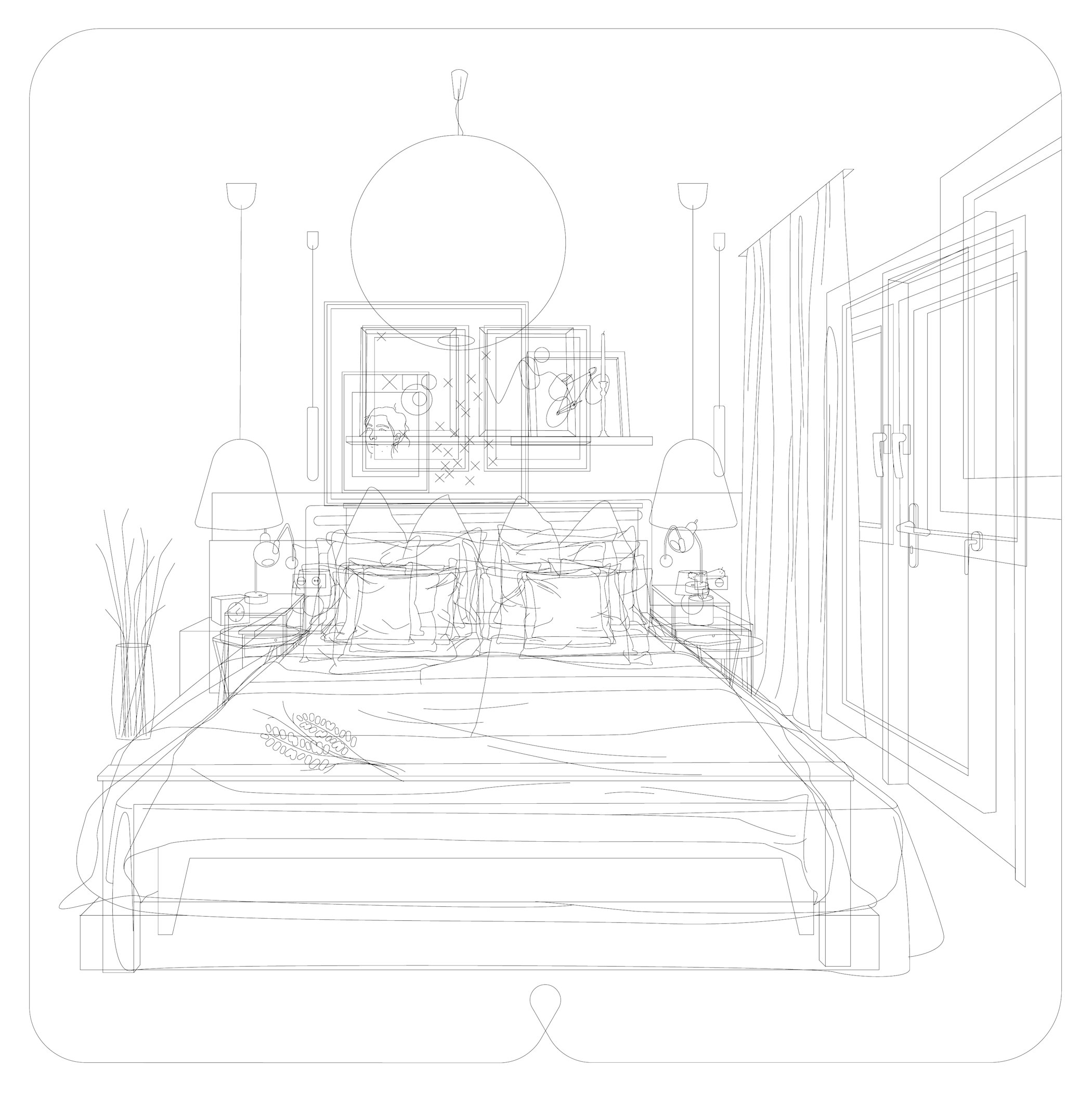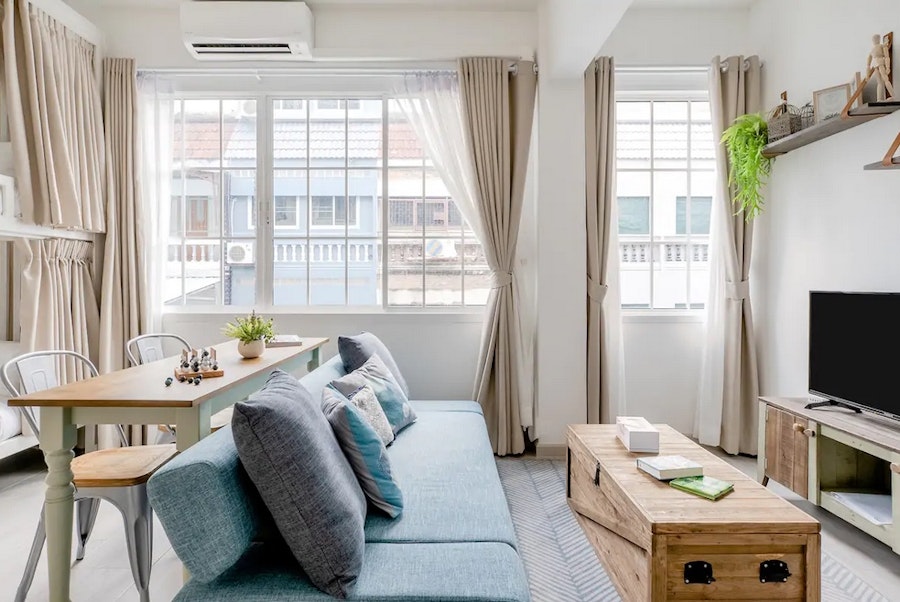What is the meaning of ‘home’? It is a term that is constantly changing in accordance with space, time, personal experiences, social and political developments, and new technologies, while still seeming to have a stable presence and unity in Western thinking. Whereas in the 19th century, the home was still lived as the nucleus of the private – the site of hygiene and reproduction, where the foundations of relations of power and gender were laid – the boundaries between private living space and public urbanity have now become blurred. It didn’t need the Coronavirus pandemic for the private space – the bed, the dinner table, the sofa – to become a workspace, a meeting venue, or a lecture theatre. The digitisation of our living spaces through and in the World Wide Web begs the question of how living is actually represented in the net, or rather, which glimpses of and views on living are revealed there.
With the multiplication of digital imageries of living, a new way of seeing has established itself. The fetishised presentation on online platforms of being at home has become part of our cultural practice. One of the largest databases of images of home worldwide is the platform Airbnb. Founded in San Francisco as Air Bed&Breakfast by Joe Gebbia and Brian Chesky in 2008, the company has become the world's largest temporary housing platform, with over 7 million ads in 220 countries (as of April 2020). Airbnb was launched with amateur photos by people wanting to rent out space in their own apartment; at the time, the visual material typically consisted of snapshots in the manner of selfie aesthetics. Only when certified Airbnb photographs (Airbnb Photography Department) were introduced, was the company able to record its first profits. The dawn of beautiful images had broken: wide angles, smooth surfaces and high resolution. This new normative imagery is highly curated: the gaze of the camera, brightness and contrast, lots of floor area in the shot, white walls and clarity. When the Airbnb Plus category was introduced in 2018, design and quality were established as a new Airbnb seal of approval.
‘Live like a local’ and ‘belong anywhere’
Two themes are omnipresent in the imageries of living on Airbnb: on the one hand, individuality – but never too much (which the decoration ideas already reveal: ‘show your personality, but not your personal items’) – and, on the other, the recognition and translatability of familiar things, which serve to reflect the feeling of a home. The resulting mixture of individuality and uniformity generates a global standardisation of homogenised middle-class living characterised by familiar combinations of furniture and materials.
The cafés, apartments, and co-living and workspaces, often characterised as ‘Airspace,’ describe a uniform, standardised aesthetic image: raw wood, exposed brick, minimalist furniture and other symbols of comfort are among the globally identical optical furnishings of these interchangeable spaces. As consumers of a style that is recurrent and in demand, the inventors of these Airspaces are all of us. Airspace is, in turn, being increasingly circulated through digital technologies and platforms, accelerating the establishment of an aesthetic homogeneity. Actual geography no longer plays a role: travelling between Airspaces is smooth and without much surprise. However, the feeling of sameness at each place limits our actual physical and intellectual experiences.
Geographical location seemingly becomes interchangeable; the Airbnb apartment in Singapore speaks the same visual language as the flat in Goa, the loft in Vienna, or the studio in New York. Is it that an international Airbnb style enables us to feel at home everywhere while at the same time being nowhere at all?
Airbnb is not solely interested in offering slick, globalised living spaces, but has even created a new market strategy for selling lifestyle experiences, as made clear by its 2019 Barbie's Malibu Dreamhouse marketing project. For $60 a night (because of Barbie’s 60th anniversary) you get a once-in-a-lifetime opportunity to spent a night in Barbie’s Dreamhouse. Even though Mattel – the company that invented Barbie – has tried to renew Barbies skinny, blonde, housewife image with a wider range of skin tones, new – but again skinny – body shapes, and a seemingly open-minded, LGBT rights-supporting Barbie character with many careers and ambitions, the Airbnb Dreamhouse in Malibu is still very pink; The California ocean-side mansion provides a pink sport court on the second sundeck, an infinity pool with - of course pink - loungers, a personal movie theatre and a above all fully walk-in closet full of well-known Barbie outfits. Staying at the Dreamhouse for a night will give you the experience of luxury wealth, glitzy privileges and pink exclusivity…and of course the pictures you will share will be very Instagrammable …

Collage by Maria Groiss & Bernadette Krejs

Selected Airbnb-Plus destinations! Discover beautiful accommodations with the comfort of home – and much more. Airbnb homepage (Screenshot), Accessed November, 2020.

Stroll Old Town from a Sleek Home in an Historic 1930s Block, Lemberg, Ukraine

Fresh, Relaxing Studio at Iconic Las Ramblas, Superhost, Barcelona, Spain

Hide&Seek Light, Airy, Family Loft near Sukhumvit Road, Superhost, Thailand
Comments